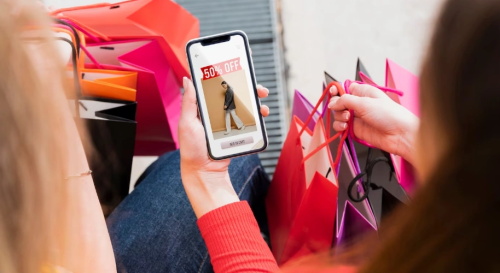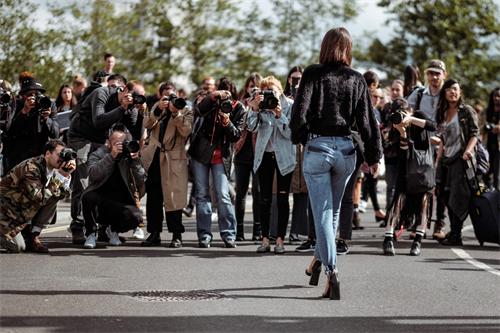The Rise of ‘Clothing Rental’ Apps: Is Ownership Dead?

As the concept of sustainability becomes more widespread, the traditional fashion industry—with its high levels of pollution and consumption—is facing unprecedented challenges. Data shows that the fashion industry is the second-largest polluting sector globally, generating around 92 million tons of textile waste and consuming approximately 79 billion cubic meters of water annually. This harsh reality is pushing more brands to actively explore sustainable development paths that balance eco-consciousness and innovation.
Against this backdrop, a series of emerging business models are transforming people’s shopping habits. Circular economy approaches—such as clothing rental, second-hand trading, and buy-back schemes—are gradually replacing the culture of “single-use consumption,” becoming the rational choice for a growing number of consumers. Among these, clothing rental is quickly rising as a new way to consume fashion.
The rapid turnover of global fashion trends has fueled consumer demand for new styles, but the “fast fashion” model has also led to massive resource waste. At the same time, growing environmental awareness is prompting more people to examine the impact of their consumption habits on the planet. For the new generation of consumers, balancing style and individuality with a lower carbon footprint has become an essential question—one that clothing rental is uniquely positioned to answer.
With the development of internet technology, online clothing rental platforms have emerged rapidly. These platforms have streamlined the rental process through digital management systems, logistics networks, and optimized user interfaces. The widespread use of social media has further propelled this model, as users are eager to share their “rental outfits” online—showcasing both their fashion sense and sustainable values, while also expanding the influence of the rental market.
Rent the Runway and the “Digital Wardrobe”
Founded in 2009, Rent the Runway is one of the largest clothing rental platforms in the United States. In addition to offering short-term rentals, it introduced a subscription model, allowing users to pay a fixed monthly fee to rent multiple garments. The platform offers a wide range of products—from everyday wear to high-end couture. Users can conveniently browse, order, and return clothes online, while enjoying professional dry-cleaning services to ensure each item meets hygiene and quality standards.
Rent the Runway’s success lies not only in its user-friendly experience but also in its strong partnerships with major brands and designers. More and more brands are opting to rent out their collections through the platform, gaining valuable consumer data and market feedback in return—a win-win situation. In 2019, the company received a $125 million investment from Bain Capital Ventures and Franklin Templeton, achieving unicorn status. It officially went public on October 27, 2021, marking the recognition of its “digital wardrobe” business model by capital markets.
HURR Collective and the Peer-to-Peer Rental Community
The UK-based HURR Collective represents another innovative take on the clothing rental model. This platform focuses on high-end fashion and encourages users to rent out their own garments to others, enabling clothes to be reused. Unlike Rent the Runway, HURR does not own the inventory on its platform. Instead, it embraces the principles of the sharing economy, where users are both consumers and suppliers.
On HURR, users are responsible for shipping and cleaning costs themselves, but this hasn’t hindered its growth. For many budget-conscious young Britons, clothing rental offers an economical, eco-friendly, and stylish way to consume. HURR’s community-driven atmosphere fosters trust and interaction among users, further strengthening the platform’s sustainable growth.
Rethinking Ownership: From Possession to Access
The rise of clothing rental is not just a shift in consumption habits—it’s a challenge to the very notion of ownership. Driven by digital technology and the sharing economy, consumers are transitioning from “owning things” to “using services.” This shift points toward the future of consumption: experience-focused, environmentally conscious, and asset-light.
While the clothing rental industry still faces practical hurdles—such as logistics costs, hygiene concerns, and product wear and tear—it holds significant potential. As environmental awareness continues to grow and technology keeps advancing, rental platforms are poised for further expansion. From Rent the Runway to HURR Collective, clothing rental is evolving from a trend into a mainstream lifestyle.
RECOMMEND FO YOU



